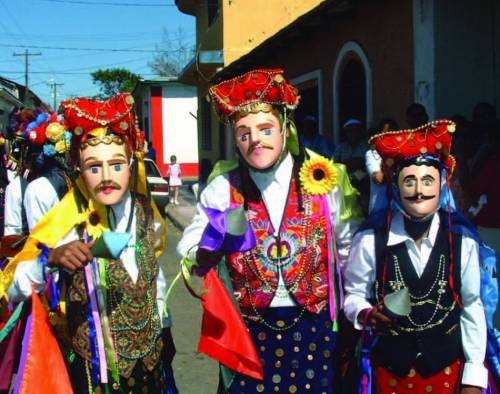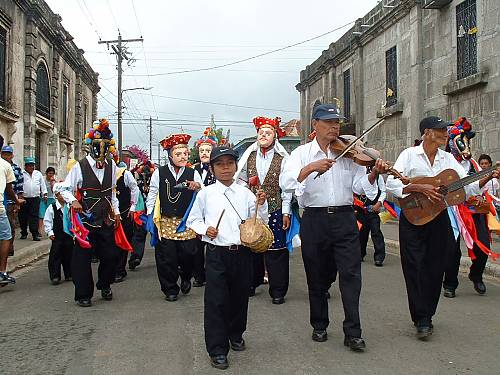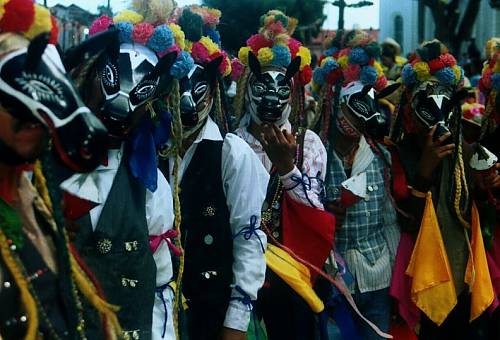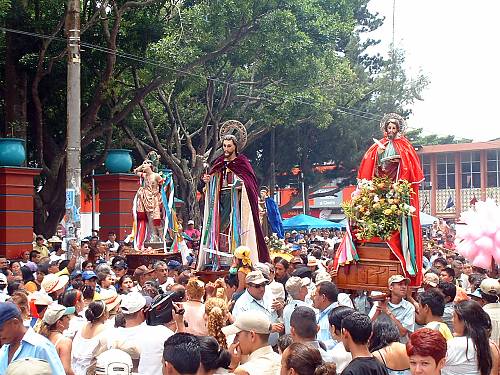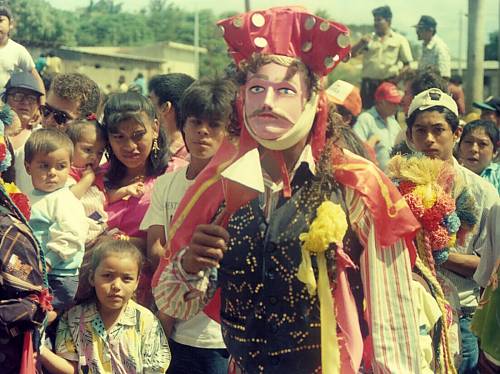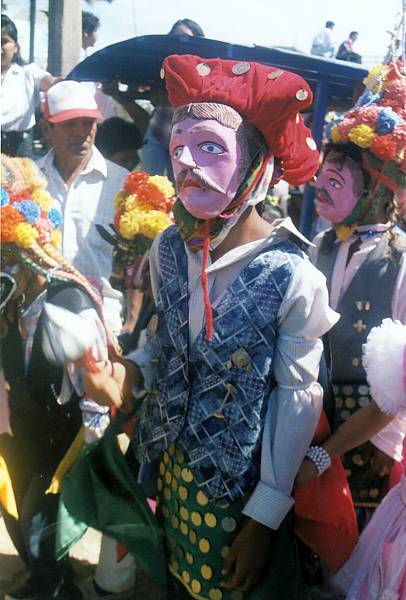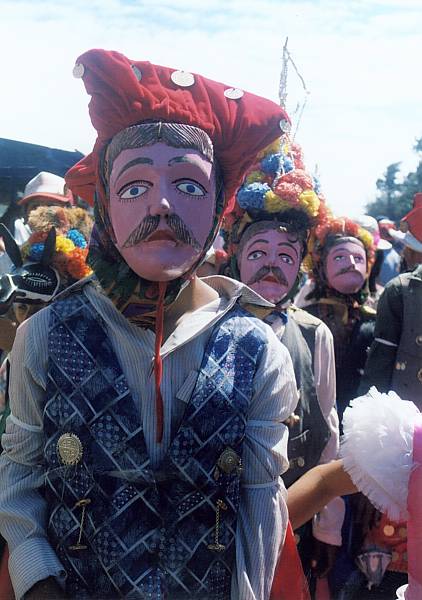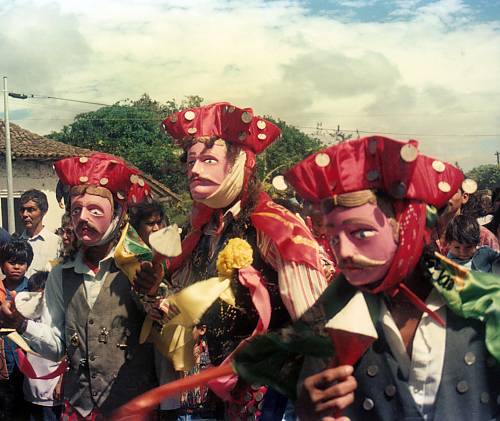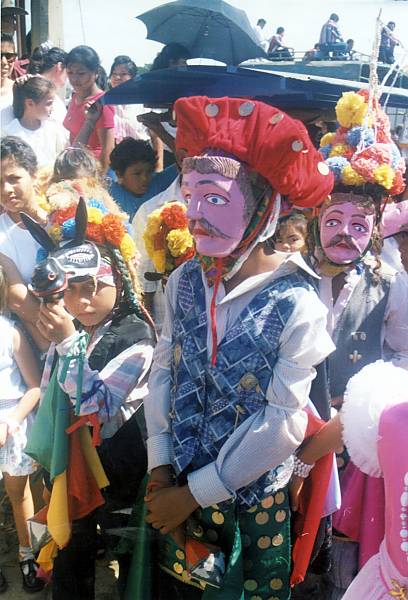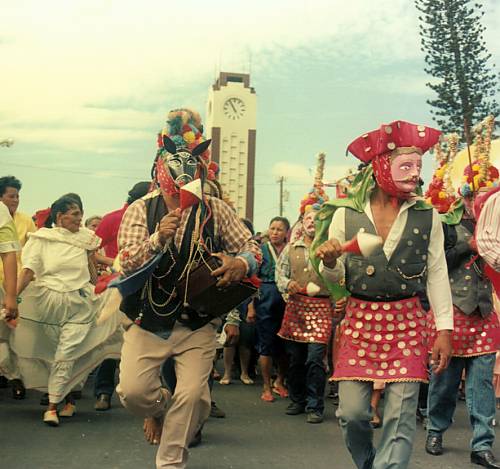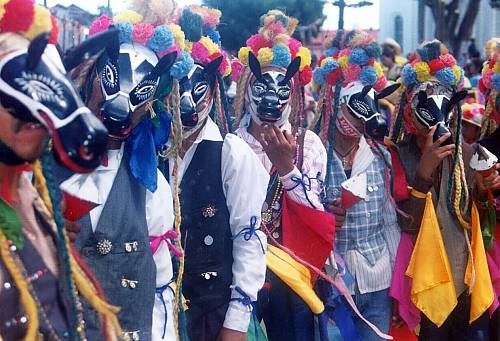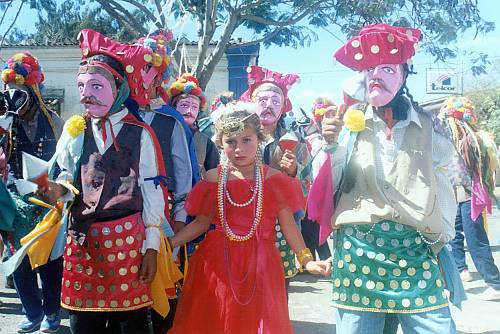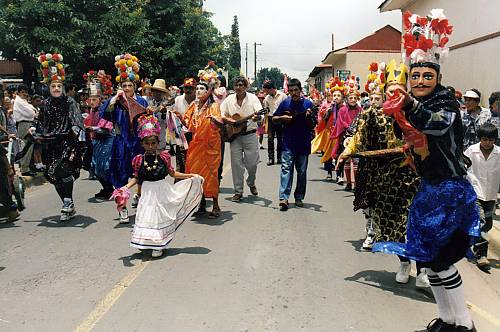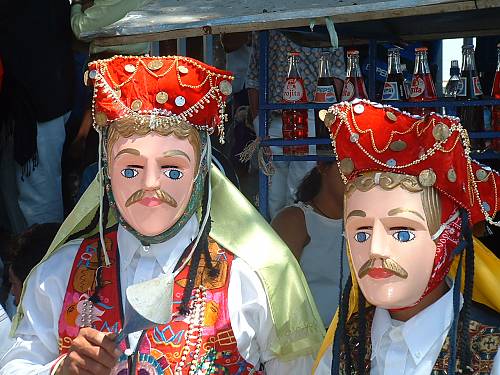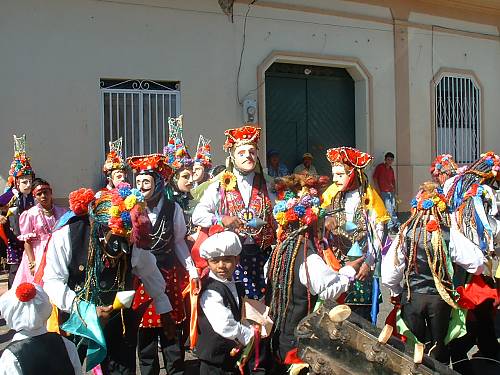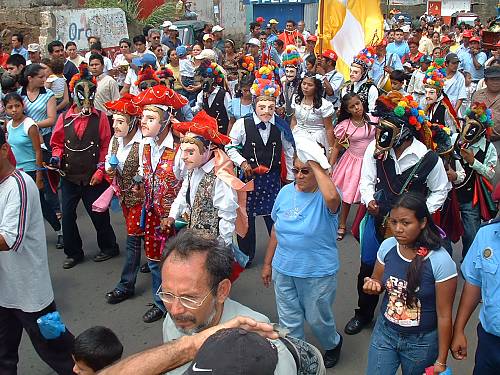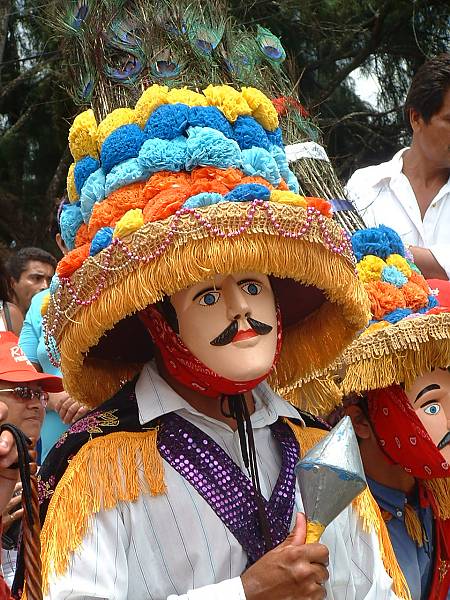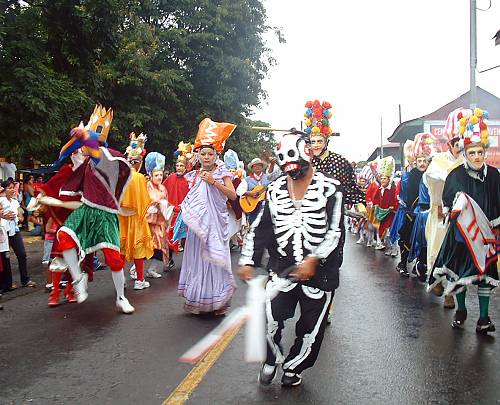El Güegüense
Inscribed in 2008 (3.COM) on the Representative List of the Intangible Cultural Heritage of Humanity (originally proclaimed in 2005)
A forceful expression of protest against colonial rule, El Güegüense is a satirical drama well known throughout Nicaragua. It is performed during the feast of San Sebastián, patron saint of the city of Diriamba in Nicaragua’s Carazo province. El Güegüense, a synthesis of Spanish and indigenous cultures combining theatre, dance and music, is considered one of Latin America’s most distinctive colonial-era expressions.
The earliest texts were probably composed in the early eighteenth century. The story revolves around encounters between the Spanish colonial authorities and native Americans, represented particularly by the central character. A powerful elder figure in pre-Hispanic Nicaragua, El Güegüense, countered charges levelled against him by the colonial officials through a series of clever verbal manoeuvres. Rather than directly confronting or challenging an authority, he attempts to appear consistently cooperative and compliant, while utilizing subterfuge to undermine Spanish authority. Interspersed in street processions, the plays are generally performed by eight main characters supported by dancers. Violins, guitars and drums provide the musical accompaniment. Costumes, wooden masks, hats and other attributes differentiate the various characters. The tradition is familiar to most of Nicaragua’s predominantly Spanish-speaking population owing to the nationwide television coverage of the annual Saint’s Day procession. In fact, it is so well known that Nicaraguans have coined the expression “to put on the Güegüense’s face” to refer to someone who outwardly appears to comply with the rules while working subtly to undermine them.
Despite its popularity, El Güegüense is in danger of declining in popularity, and possibly disappearing, due to the country’s difficult economic situation, insufficient support for performers and a diminishing interest among young people.


